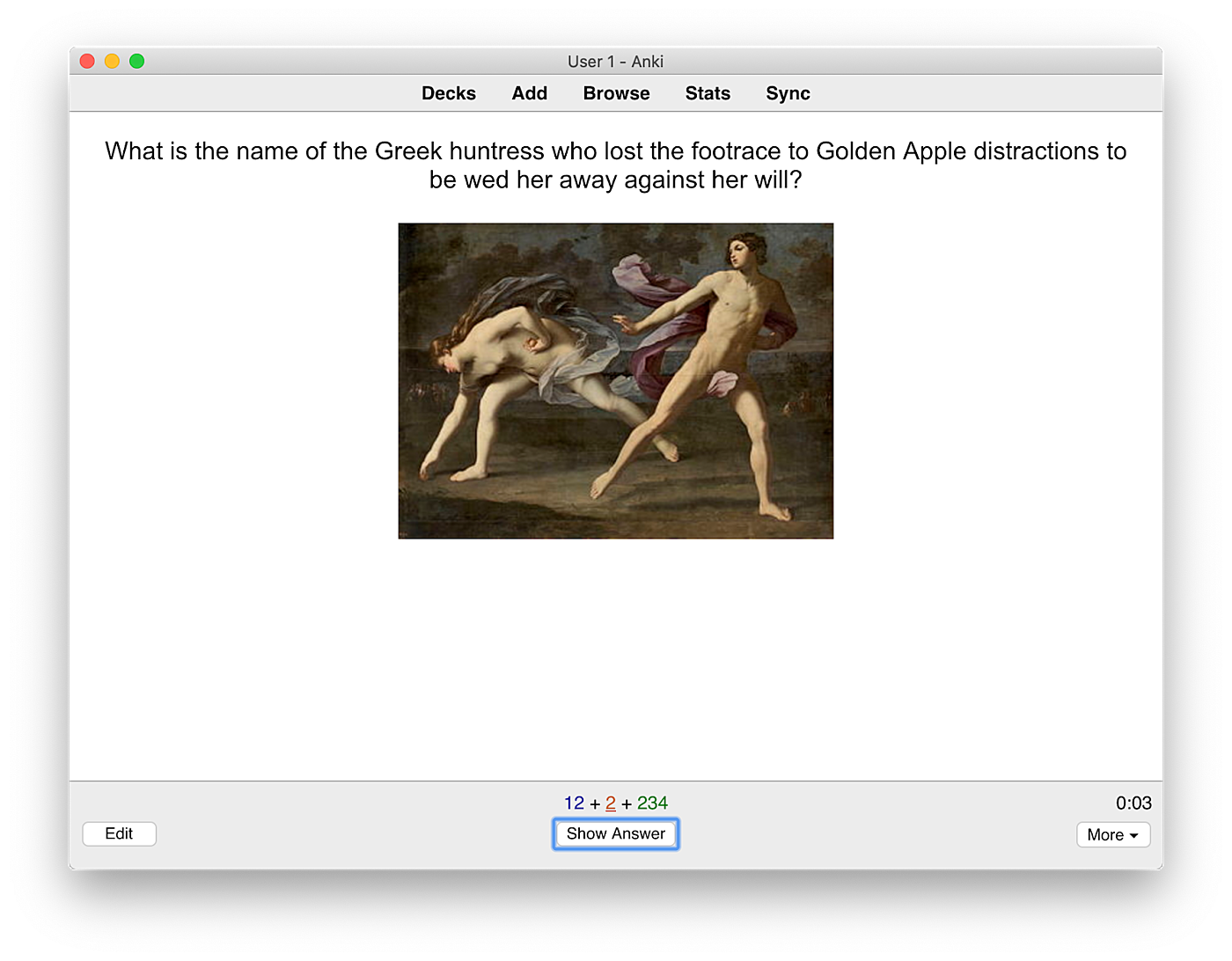
Imagine this:
You’re an 18 year old with just a high school degree. You immigrate to a new country that speaks a different language, and start work with some of the brightest engineers in the world.
Soon after, you’re thrust into management. Now, you’re leading teams of people who are 10 or 20 years older than you, working on one of the fastest growing internet companies of the last decade.
You have two options: sink or swim.
That’s the position Simon Eskildsen found himself in early in his career. He left his home in Denmark after high school, and moved to Canada alone to take a pre-college gap year working at Shopify.
When he started, Shopify had 150 employees supporting tens of thousands of merchants. Now, it has 5,000+ employees and over a million merchants.
And Simon never went to college — he stayed at Shopify and moved up the ranks to lead infrastructure teams that help keep Shopify processing hundreds of thousands of requests a second, day and night.
So how did he do it?
He began to treat his mind like technology infrastructure.
Suddenly, instead of building systems to optimize server performance, he was optimizing his own brain: he was building himself into a learning machine.
Simon realized that in order to level up fast enough to do his work he needed to read — a lot. And not only that, he needed to retain what he read.
So he built an elaborate system to read, retain, and apply the lessons in hundreds of books. And he didn’t just read about infrastructure — he read literature, and scientific history; he read about politics, and philosophy.
Along the way he discovered that reading broadly was the best way to get to the bottom of things, and therefore the best way to get better at his job.
We explore his elaborate system for remembering what he reads using Readwise and Anki, how he built his own custom Zettelkasten in Markdown, his process for automating his language learning, and his project to cook a dish from every country in the world.
Let’s dive in!
Simon introduces himself
Hello, I’m Simon! I grew up in Denmark, but I left home at the ripe age of 18 to pursue an opportunity at a company called Shopify in Canada.
I had heard about Shopify from the Rails community, and after I graduated high school I did an interview with them. After the interview they said, “Yeah, you can come visit us in Ottawa.”
And my response was, “What’s an Ottawa?”
But I ended up interviewing again in Ottawa, and then decided to join for a gap year. Things went well and you could say I’m now on my sixth gap year. This was the job I would have wanted had I gone to university; I just got lucky to get in right after high school.
Back then, Shopify had tens of thousands of merchants. Today there are over a million. I work on building the infrastructure to make the site scale.
How he started reading
I began taking reading seriously when I started at Shopify in 2013. It was primarily driven by the fact that I became a manager very early in my career.
When I started managing, I felt a strong obligation to be the best lead I could for the team. Managing is a big responsibility — and it’s especially challenging when some of your reports are 10 years older than you.
It seemed to me that the best way to meet this responsibility was to wake up earlier and read something every day before I came in.
As I started to read more, the question was whether to go deep or wide. I am curious about so many things, so I naturally gravitated to read widely. I strive to be T-shaped: really good at something, but with a wide foundation — and that’s a metaphor we use widely at Shopify.
I read 30-50 books each year on topics ranging from the history of transistors to ancient philosophy. My girlfriend jokes that because I never went to university, I still enjoy studying. I’m not sure. I think I’d love university.
How he selects books
I used to have an extremely rigid process to decide which books to read, but I don’t anymore.
What I found was that choosing books with a fancy process ends up being more about what I “ought'' to read, rather than what I actually just find most fascinating. Eliminating a rigid system helped me pay better attention to what I like and don’t like: getting through the 700 pages of Anna Karenina was a struggle, but I tore through a book on the history of the telegraph in no time.
The one thing I do try to follow is to go on streaks of reading a lot of books on a particular topic around the same time. Doing this is useful because it means I don’t have to just trust one author’s perspective on a particular topic — and helps me connect a lot of facts together, so I can understand things better.
For example, last year I became fascinated with the middle of the 19th century. There’s so much there: the gold rush, the ice industry, the Industrial Revolution, the telegraph. It was a fascinating time.
I pick books by browsing Amazon and sending samples to my Kindle. Then I check out the samples to decide what I want to actually read cover to cover. I learned this from my friend Dan Doyon.
How he reads books
Once I started to read more books, I realized that I didn’t really remember much from them. That bothered me. So I went down the rabbit hole of building a bunch of systems to help me remember what I read.
The core of the system is highlighting.
Anything that I find that’s important, I’ll highlight on my Kindle. All of those highlights automatically go to my Readwise where I can add them to my learning system. Readwise is fantastic because it automatically scrapes all of my Kindle highlights and puts them into one place for me where I can search, tag, and review them.
My learning system itself has two components: a flashcard system and a custom-built note repository inspired by the Zettelkasten — which is a note-taking system developed by the social scientist Niklas Luhmann. The Zettelkasten is where I spend time processing, categorizing, and connecting what I read.
🔒
Want to learn how to build a Zettelkasten for yourself? Check out our Premium post for this week: Forget Forgetting. Build a Zettelkasten.
🔒
How he uses flash cards to remember facts
When I come across something in a book that seems useful to understand and remember, I will highlight it on my Kindle and add a note to it with the text: “.flash”.
All notes with “.flash” in them are then automatically loaded into Readwise and organized under a “flash” tag.
I’ll then periodically open the list of “flash” tags in Readwise, and then translate them into flashcard form in Anki.
The Only Subscription
You Need to
Stay at the
Edge of AI
The essential toolkit for those shaping the future
"This might be the best value you
can get from an AI subscription."
- Jay S.
Join 100,000+ leaders, builders, and innovators

Email address
Already have an account? Sign in
What is included in a subscription?
Daily insights from AI pioneers + early access to powerful AI tools












Comments
Don't have an account? Sign up!
Good article.
I've been meeting many people saying like "I've started Zettelkasten" but none of them has been keeping it like four years. They usually give up for one month or so.
Another thing I came to my mind is that it's much better if his knowledge and experience are shared in the public and accessible to anyone as knowledge is more valuable when it's shared. Even if he made a great knowledge management system and learned a lot, no one can access his knowledge once he passed away. It's a loss for human society. As we've learned a lot from predecessor, we should pass our learnings to posterity.
Memo to myself: https://share.glasp.co/kei/?p=oFD8QCyQOTS75Moutzyt
@travailler.avec.emulation @travailler.avec.emulation I agree with you and this is publicly available KMS that I managed for a few years based on Zettelkasten (open source).
https://texonom.com